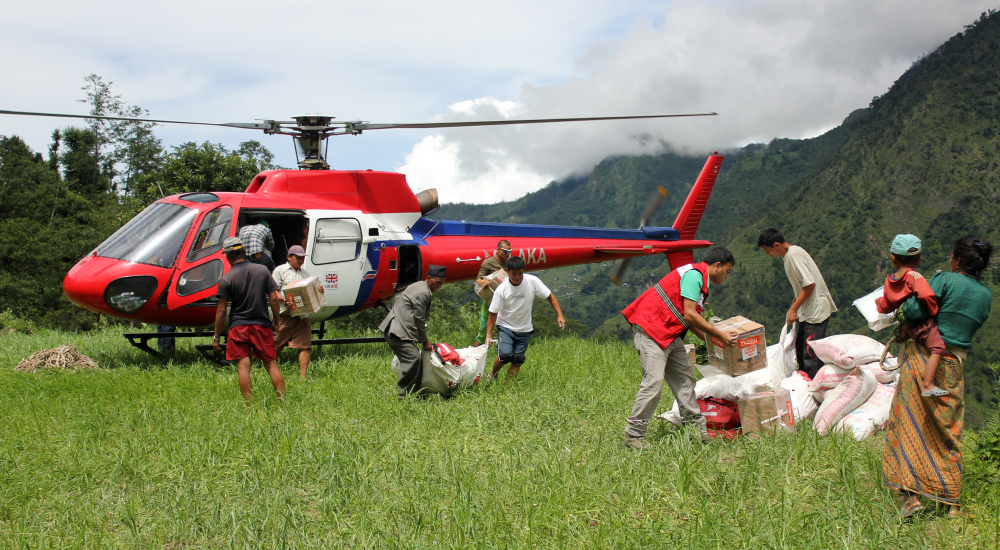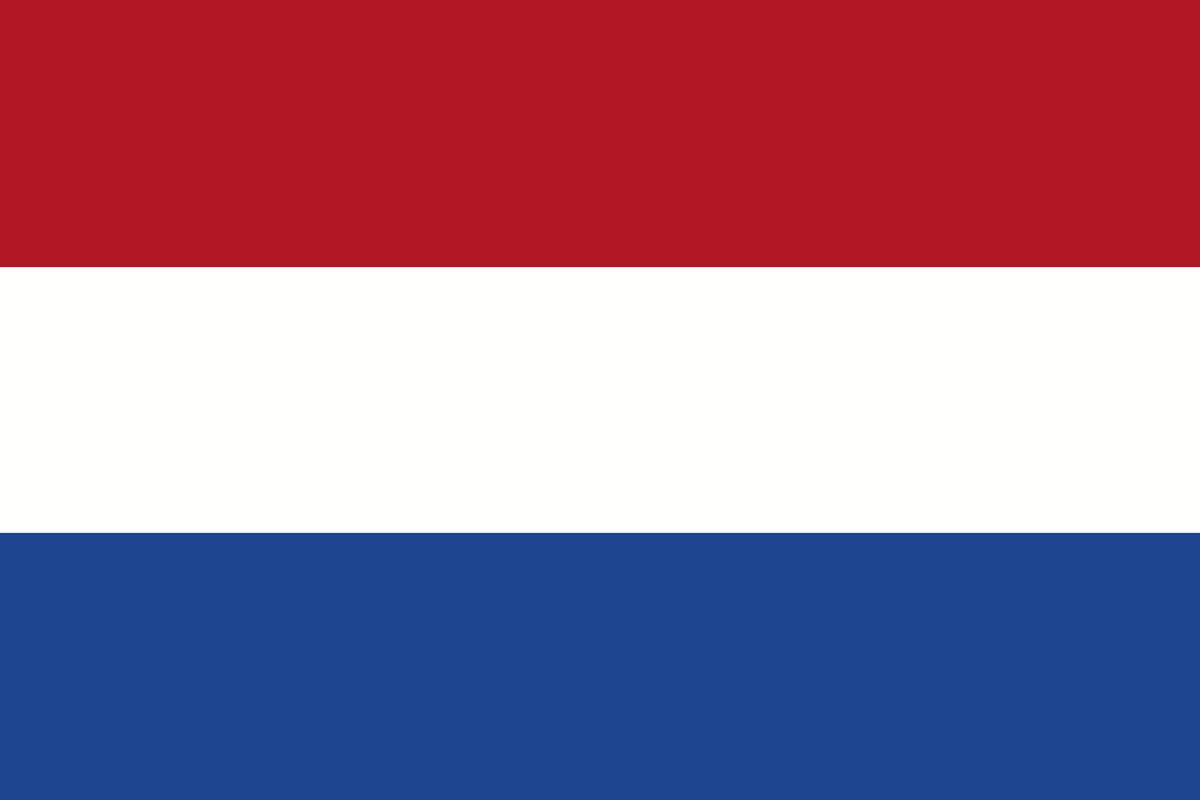Last updated: August 2023
With disasters growing in intensity and frequency, American Red Cross employees and volunteers respond to more than 175 emergencies big and small across the country each day.
They are supported by the Red Cross Virtual Interactive Event Wizard (RC View), a tool that allows trained disaster workers to analyse external weather data feeds, population composition, hazards, power availability and more, helping them to direct help to where it will have the most impact. From house fires to hurricanes, RC View is used for disaster operations of all sizes.
Through its Community Ready partnership, QBE Foundation’s financial donation has helped to deliver key features of RC View that support Red Cross and partners before, during and after emergencies, including:
- RC View Mapping: this portal is a highly customisable collection of data, maps and apps that enable Red Cross and partners to analyse and share operational information. Red Cross teams can create maps that meet unique needs during specific disasters, building visuals of everything from weather patterns to census data, which are then shared across the organisation and with response partners. To strengthen their mapping capabilities, Red Cross volunteers and staff take courses at various levels.
- Disaster Assessment Aggregator: this tool helps to deliver assistance in emergencies faster, by cleaning and standardising digital address entry. This simple but critical improvement reduces errors and improves accuracy of client records.
- Emergency Response Vehicle Visibility: this custom module was developed to visualise the location of Red Cross Emergency Response Vehicles, which are used to help coordinate and provide mobile food and relief supplies after disasters.
- National Shelter System: this module is critical to shelter readiness and operations - it stores all shelter assessments and agreements so Red Cross can rapidly open the most appropriate facilities for a specific event and know what supplies will be needed at a specific location, which can range from more water to additional cots. During a disaster, the number of residents in a shelter is tracked, giving visibility of the remaining capacity of every open shelter.
RC View helps boost response capacity, improve humanitarian outcomes during times of disaster and support community recovery.
The demographic information via RC View allowed Red Cross and responders to plan feeding routes to meet the hardest hit areas of Fort Myers without doubling up. The overlay of financial demographic information ensured delivery of food to the most vulnerable areas.
By overlaying USDA food deserts, (urban areas where it is difficult to buy affordable or good-quality fresh food) the Red Cross is able to target communities where it’s likely there is acute food insecurity.
Information collected from damage assessments also helped to guide Red Cross financial assistance program.

Learn more about our Community Ready partnership
Together, QBE, Save the Children and Red Cross are working with communities globally to build their resilience and save lives by improving their capacity to prepare, anticipate, respond and recover from disasters.

 QBE Re
QBE Re
 Hong Kong
Hong Kong
 India
India
 Macau
Macau
 Mainland China
Mainland China
 Malaysia
Malaysia
 Philippines
Philippines
 Singapore
Singapore
 Vietnam
Vietnam
 Australia
Australia
 New Zealand
New Zealand
 Denmark
Denmark
 France
France
 Germany
Germany
 Italy
Italy
 Netherlands
Netherlands
 Spain
Spain
 Sweden
Sweden
 UK
UK
 United Arab Emirates
United Arab Emirates
 Canada
Canada
 USA
USA
 Pacific Islands
Pacific Islands
 Fiji
Fiji
 French Polynesia
French Polynesia
 Solomon Islands
Solomon Islands
